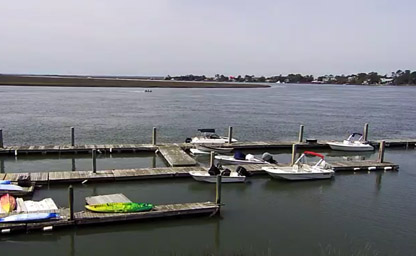
Tybee Island
The sunset view from the beautiful backriver dock

The sunset view from the beautiful backriver dock
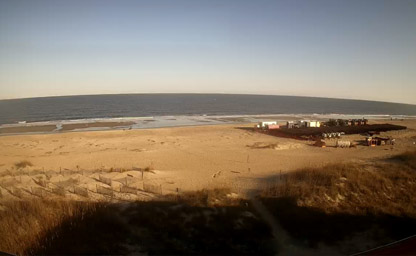
Facing due east, this beautiful Georgia barrier island has been a popular vacation spot
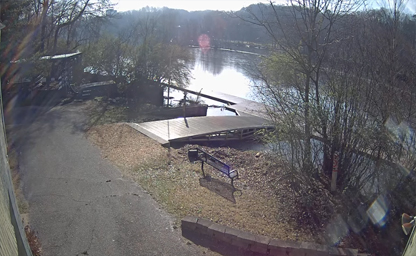
Azalea Park is one of the Roswell parks running alongside the Chattahoochee River
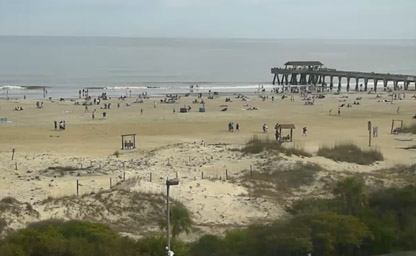
A barrier island, small and beautiful city near Savannah, Georgia
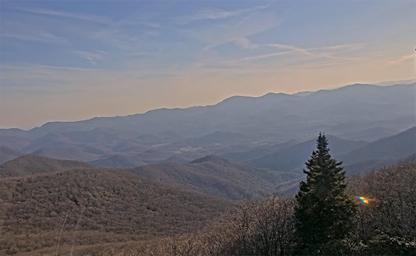
Located at Brasstown Bald, the highest point in the U.S. state of Georgia
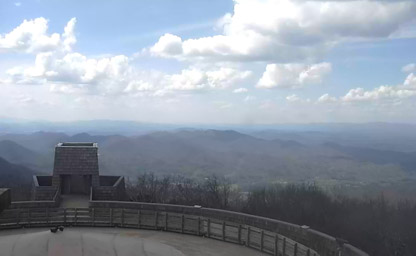
Overlooks Brasstown Valley Resort, one of Georgia's premier mountain resorts

Is the capital and most populous city of the U.S. state of the beautiful Georgia
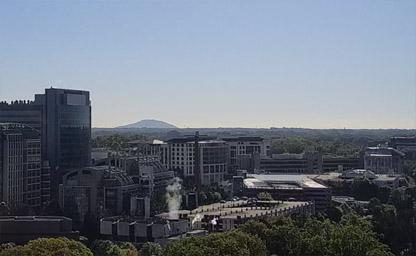
Situated from Centers for Disease Control and Prevention

Situated 10 mi south of the Downtown Atlanta district
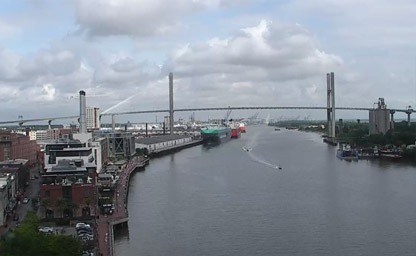
A bridge in the United States spanning the Savannah River
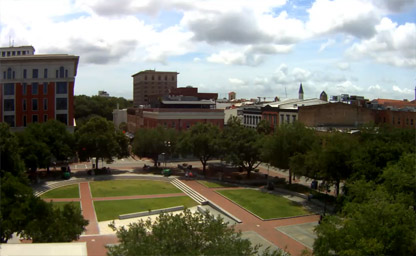
Is one of the 22 squares of Savannah, Georgia

I-85 has the first express lanes in Georgia

Hartsfield-Jackson (ATL) is the world's busiest airport

The crown jewel of Atlanta's downtown entertainment district

A city in northern Fulton County
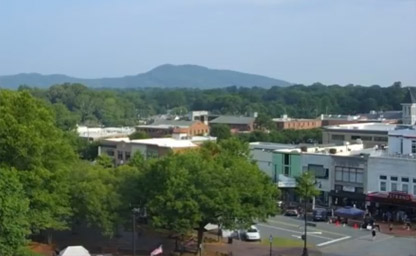
A city northwest of Atlanta, in Georgia
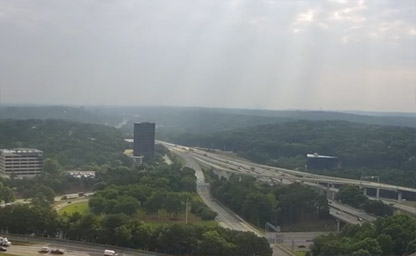
Nestled into North Atlanta in the upper Piedmont region of the state

On 14th Street Northwest in Atlanta's Atlantic Station district

Georgia's most-visited attraction and its 3,200 acres hold wide appeal

It is the seat of Fulton County
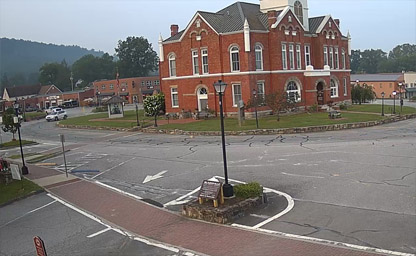
Situated on the historic square in Blairsville, Georgia
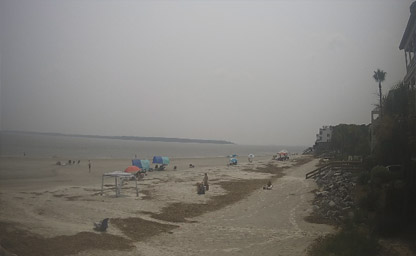
The largest barrier island in the Golden Isles

It's known for its vineyards and Bavarian-style buildings

Nestled in the heart of the stunning Blue Ridge Mountains
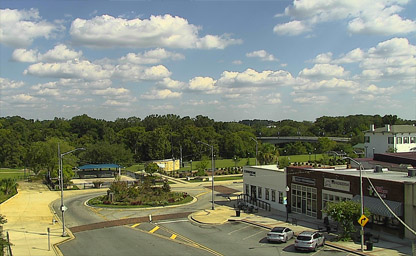
On the Flint River, it is the seat of Dougherty County
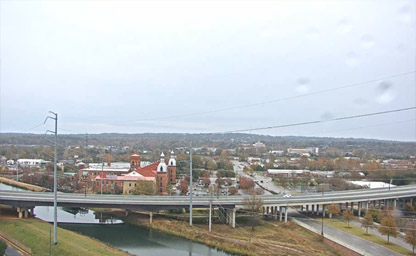
The Augusta Riverwalk runs along the Savannah River

A private university in the Mount Berry community adjacent to Rome
Live feed cameras are a cornerstone of Georgia’s transportation network. Strategically positioned along major interstates such as I-75, I-85, and I-20, these cameras provide real-time insights into traffic flow, accidents, and road conditions.
Georgia’s live cameras play a critical role in enhancing emergency response capabilities. They provide first responders with situational awareness, enabling faster and more effective decision-making.
Georgia’s diverse attractions, from the scenic Blue Ridge Mountains to historic Savannah, are showcased through live cameras, drawing in tourists and locals alike.
Georgia’s rich ecosystems benefit from live feed cameras that monitor wildlife habitats, track environmental changes, and observe the impacts of climate phenomena such as droughts or rising sea levels.
The implementation of live feed cameras in Georgia relies on advanced technologies:
As with any surveillance system, privacy remains a key concern. Georgia’s regulations ensure that live feed cameras are used responsibly, with appropriate safeguards to protect personal privacy and data security.
Georgia is poised to expand its live camera network with innovations such as solar-powered systems, drones for aerial monitoring, and AI-driven analytics for smarter infrastructure management.
Live feed cameras are a vital resource for Georgia, enhancing safety, promoting tourism, and supporting environmental conservation. By bridging technology with practical utility, these systems connect residents and visitors to Georgia’s vibrant landscapes and urban centers in real time.
Georgia’s history is as dynamic as its landscapes, encompassing centuries of indigenous cultures, colonial endeavors, and pivotal roles in American history. Before European exploration, Georgia was inhabited by Native American tribes, including the Creek and Cherokee nations. These tribes thrived in the region for thousands of years, establishing complex societies with agriculture, trade networks, and ceremonial traditions. The Etowah Indian Mounds in Cartersville stand as a testament to the advanced civilizations that once flourished in the area.
The colonial history of Georgia began in 1733 when James Oglethorpe founded the colony of Georgia under a royal charter from King George II of England. Established as a haven for debtors and as a buffer against Spanish Florida, Georgia became the last of the original thirteen colonies. The city of Savannah, with its meticulously planned grid system and public squares, was the first settlement and remains one of the best-preserved colonial cities in the United States.
During the American Revolution, Georgia played a complex role due to its relatively small population and proximity to loyalist strongholds. Despite initial hesitancy, the state contributed significantly to the war effort. Figures like Nancy Hart, a fierce patriot who captured British soldiers, became symbols of resistance and courage. In 1788, Georgia was the fourth state to ratify the U.S. Constitution, solidifying its place in the fledgling nation.
Georgia's economy flourished in the 19th century, largely due to the cultivation of cotton, which was heavily reliant on enslaved labor. This economic model positioned Georgia as a leading agricultural state but also placed it at the heart of the sectional conflicts that culminated in the Civil War. During the war, Georgia was a Confederate stronghold and endured significant devastation, particularly during General William Tecumseh Sherman’s "March to the Sea" in 1864, which left a trail of destruction from Atlanta to Savannah.
Reconstruction brought challenges and changes, as Georgia navigated the transition from a slave-based economy to a more diversified one. By the 20th century, the state had emerged as a hub for industry, agriculture, and civil rights activism. Atlanta, Georgia’s capital, became a focal point of the Civil Rights Movement, with leaders like Martin Luther King Jr. advancing the cause of equality. Today, the King Center and his childhood home in Atlanta attract visitors from around the world.
Modern Georgia is a blend of tradition and innovation, with industries ranging from film production—earning Atlanta the nickname "Hollywood of the South"—to technology and logistics. Its history is celebrated in landmarks such as the Savannah Historic District, the Martin Luther King Jr. National Historical Park, and the Chickamauga & Chattanooga National Military Park.
Georgia enjoys a diverse climate that varies across its regions, creating a dynamic environment for visitors and residents alike. Most of the state experiences a humid subtropical climate, characterized by hot, humid summers and mild winters. In the southern coastal areas, such as Savannah and Brunswick, summer temperatures often reach highs of 90°F (32°C) or more, accompanied by high humidity. These warm conditions make the beaches of the Golden Isles a popular summer destination.
Winters in Georgia are generally mild, with average temperatures ranging from 40°F (4°C) to 55°F (13°C) in most regions. Snowfall is rare in the southern and coastal areas but more common in the northern parts of the state, particularly in the Appalachian Mountains. Towns like Helen and Blue Ridge occasionally transform into winter wonderlands, offering picturesque views and cozy retreats.
Spring in Georgia is marked by blooming flowers, moderate temperatures, and vibrant festivals. The annual Atlanta Dogwood Festival and the Macon Cherry Blossom Festival showcase the state’s natural beauty and draw large crowds. Temperatures during this season range from 60°F (16°C) to 80°F (27°C), making it an ideal time for outdoor activities and sightseeing.
Fall is equally enchanting, with cooler temperatures and stunning foliage. The mountains in North Georgia, including areas around Dahlonega and the Chattahoochee National Forest, are renowned for their breathtaking autumn landscapes. Temperatures typically range from 50°F (10°C) to 75°F (24°C), providing perfect conditions for hiking, apple picking, and enjoying the crisp, clean air.
Georgia’s climate is also influenced by its proximity to the Atlantic Ocean and the Gulf of Mexico, making it susceptible to tropical storms and hurricanes. The coastal areas are particularly vulnerable, but the state’s preparedness and infrastructure help mitigate the effects of such weather events. Regardless of the season, Georgia’s climate offers something for everyone, from warm summer getaways to cool mountain retreats.
Georgia’s geography is a tapestry of diverse landscapes, ranging from coastal marshlands to rugged mountain ranges. The state covers approximately 59,425 square miles, making it the largest state east of the Mississippi River. It is bordered by Tennessee and North Carolina to the north, South Carolina and the Atlantic Ocean to the east, Florida to the south, and Alabama to the west.
Georgia is divided into five distinct geographical regions: the Coastal Plain, Piedmont, Blue Ridge, Ridge and Valley, and Appalachian Plateau. Each region offers unique features and attractions that contribute to the state’s rich natural and cultural heritage.
The Coastal Plain, covering the southern half of Georgia, is characterized by flatlands, sandy soils, and lush wetlands. This region includes the Okefenokee Swamp, one of the largest freshwater ecosystems in North America, where visitors can explore its diverse wildlife through guided boat tours. The Golden Isles, a collection of barrier islands off the southeastern coast, feature pristine beaches, historic sites, and luxurious resorts.
Moving north, the Piedmont region is a rolling landscape of hills and red clay. This area is home to Georgia’s largest cities, including Atlanta, Augusta, and Athens. The Piedmont is the state’s economic and cultural heart, boasting attractions such as Stone Mountain, a massive granite monolith with a carved Confederate memorial, and Lake Lanier, a popular spot for boating and fishing.
The Blue Ridge region in northeastern Georgia is a mountainous area known for its stunning vistas, cascading waterfalls, and outdoor recreational opportunities. The Appalachian Trail begins here at Springer Mountain, drawing hikers and nature enthusiasts from around the globe. The charming town of Helen, designed to resemble a Bavarian alpine village, offers a unique cultural experience in the heart of the mountains.
The Ridge and Valley region, located in northwest Georgia, features parallel ridges and fertile valleys. This area is an agricultural hub, producing crops such as apples and peaches. Dalton, known as the "Carpet Capital of the World," is a significant center for carpet manufacturing and a vital part of the state’s economy.
Finally, the Appalachian Plateau in the far northwest corner of Georgia is a region of steep ridges, caves, and scenic beauty. Cloudland Canyon State Park, with its dramatic overlooks and deep gorges, is a highlight of this region and a must-visit for outdoor adventurers.
Georgia’s rivers, including the Chattahoochee, Savannah, and Flint, play a vital role in shaping the state’s geography and supporting its ecosystems. These waterways provide opportunities for kayaking, fishing, and exploring historic mill towns. The state’s highest point, Brasstown Bald, rises to 4,784 feet and offers panoramic views of the surrounding landscapes.
New Tip: For an unforgettable adventure, explore the scenic drive along the Russell-Brasstown National Scenic Byway in the Blue Ridge Mountains, especially during the fall foliage season. An interesting fact: The Okefenokee Swamp is home to the rare carnivorous plant known as the pitcher plant, which traps and digests insects, adding to the swamp’s unique ecological allure.